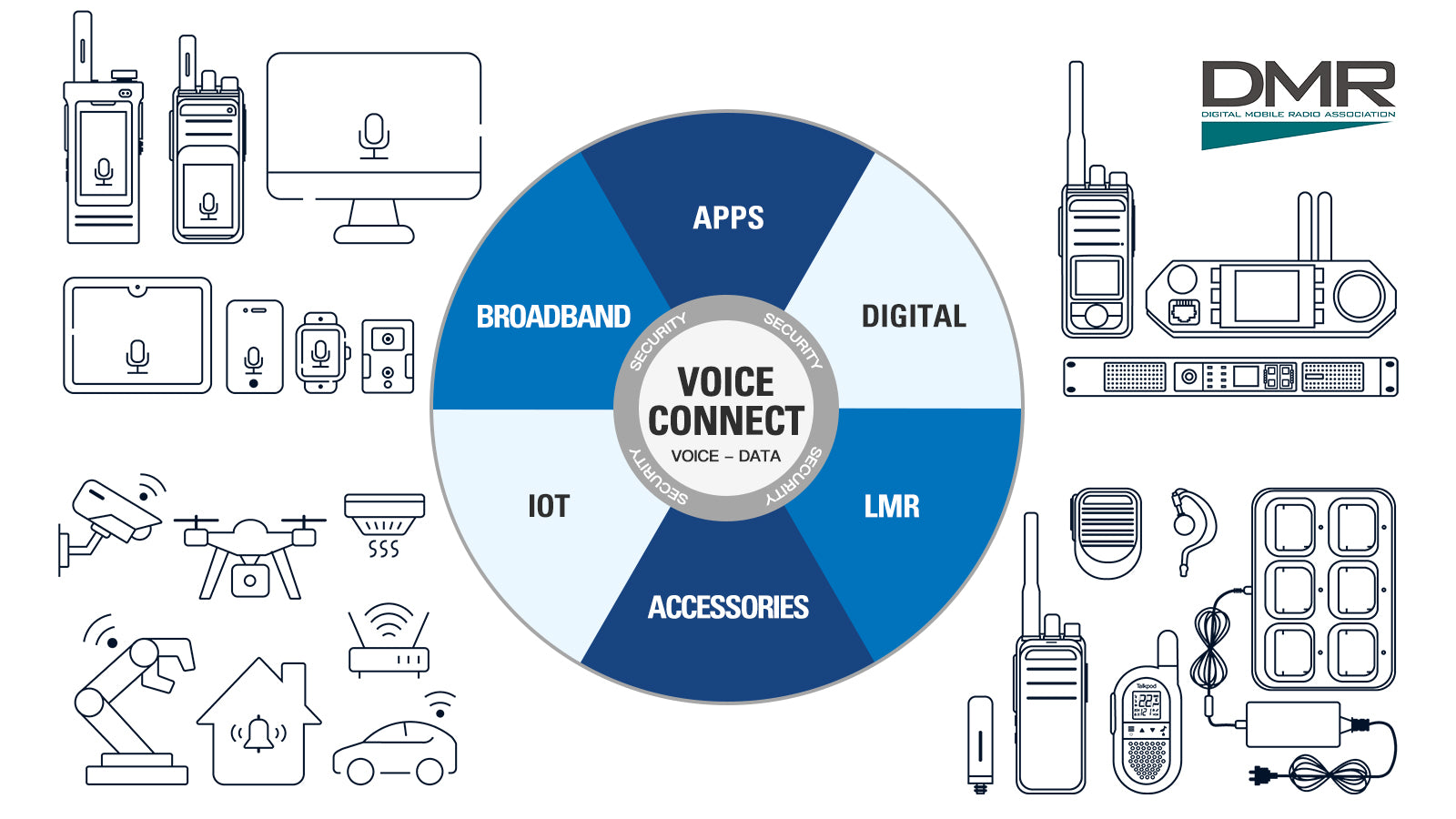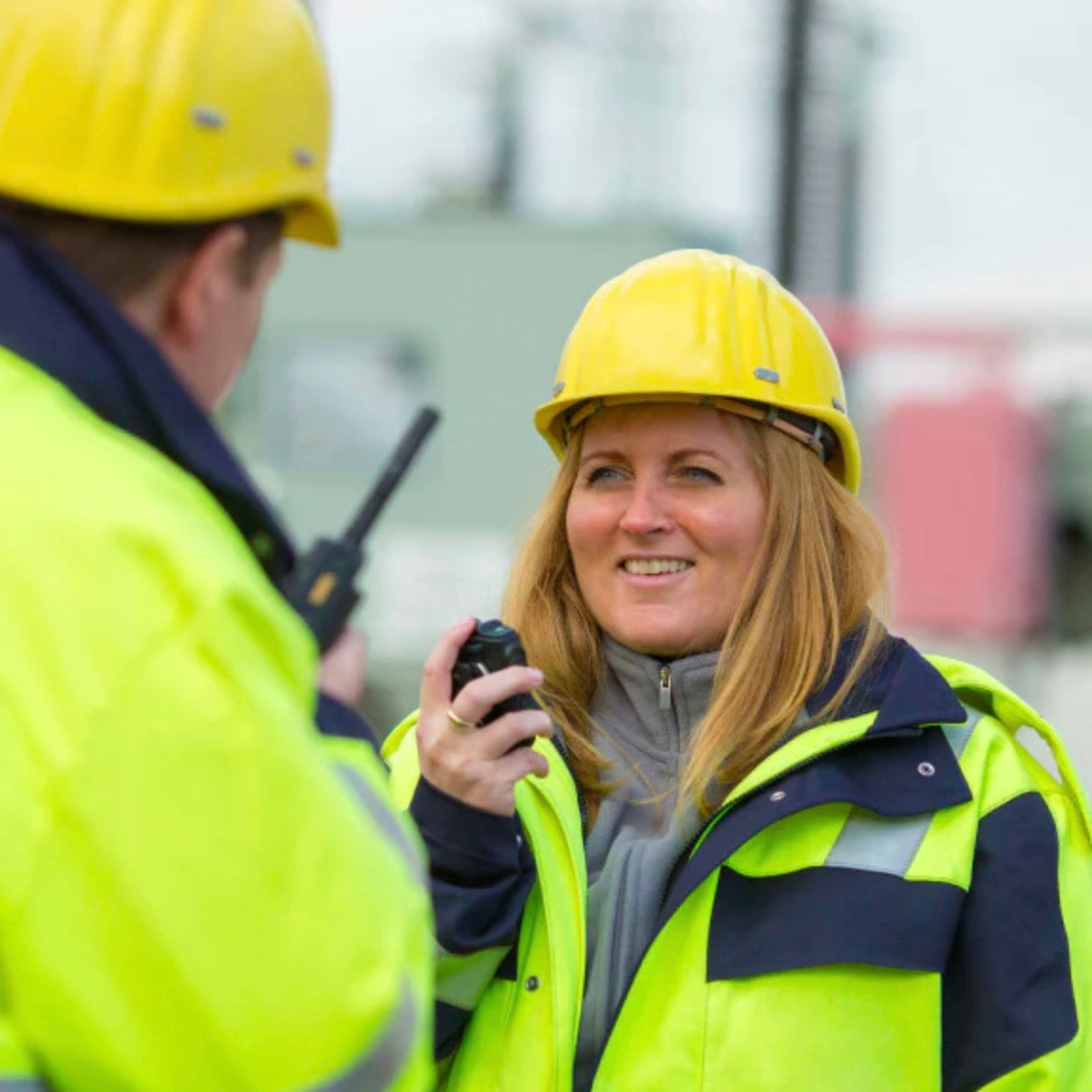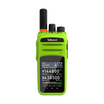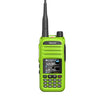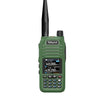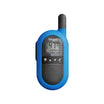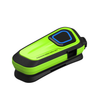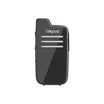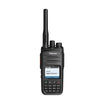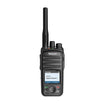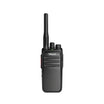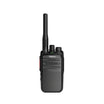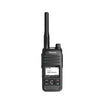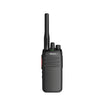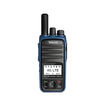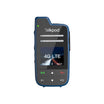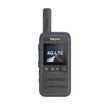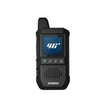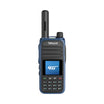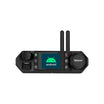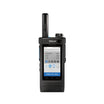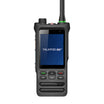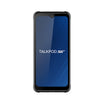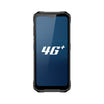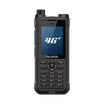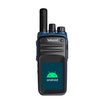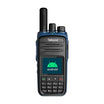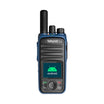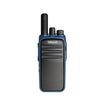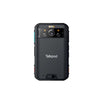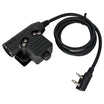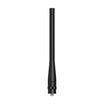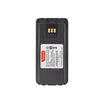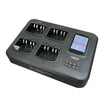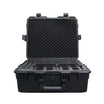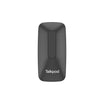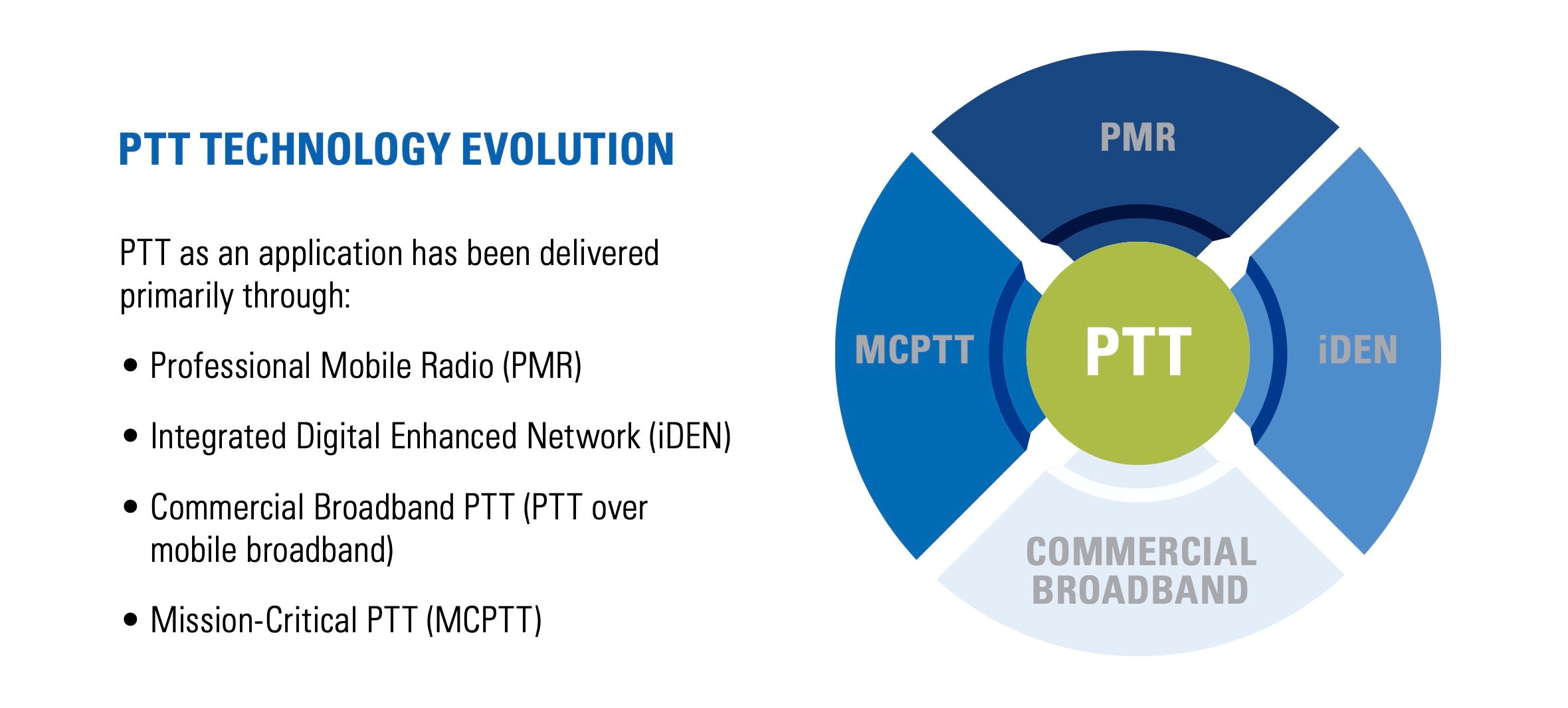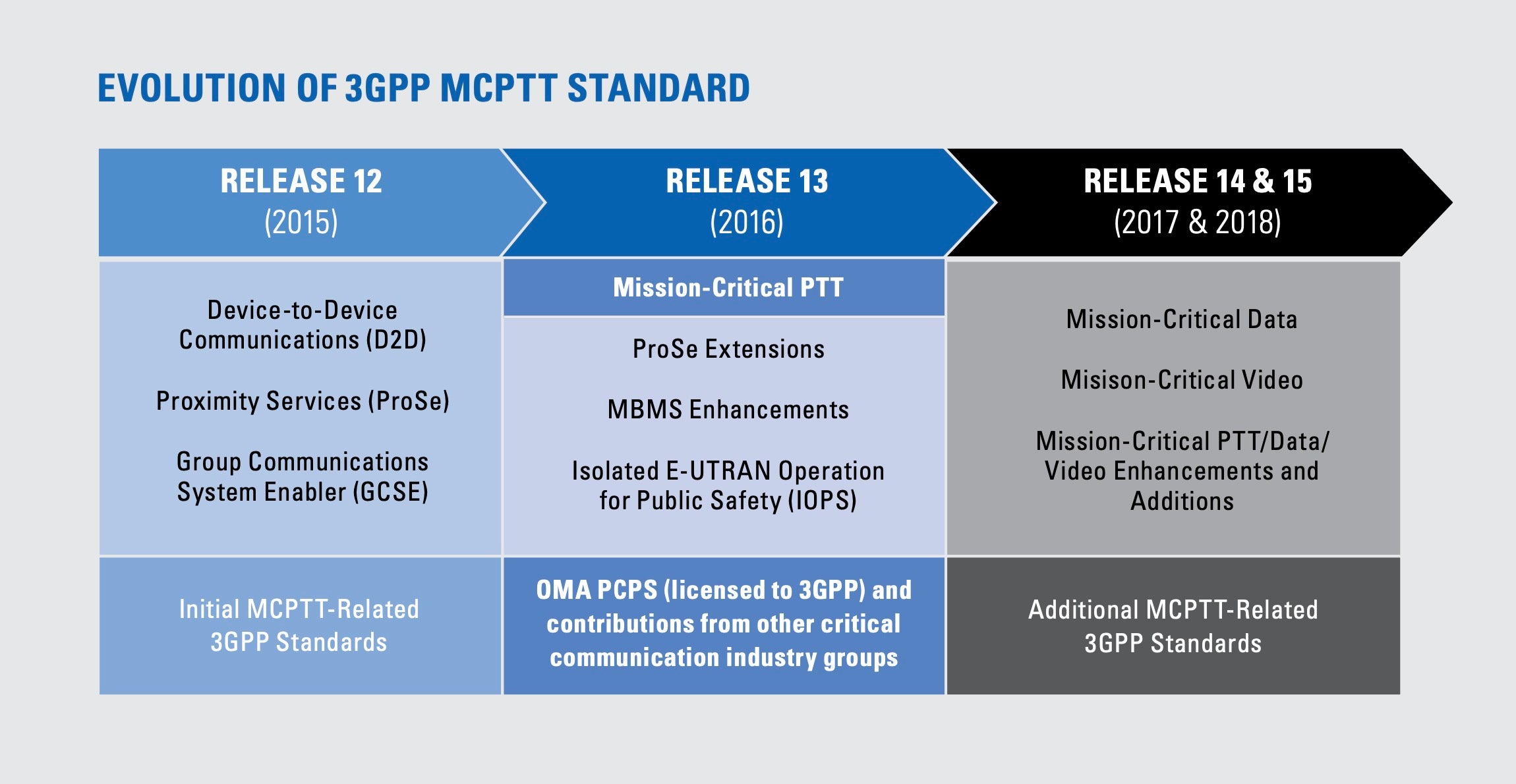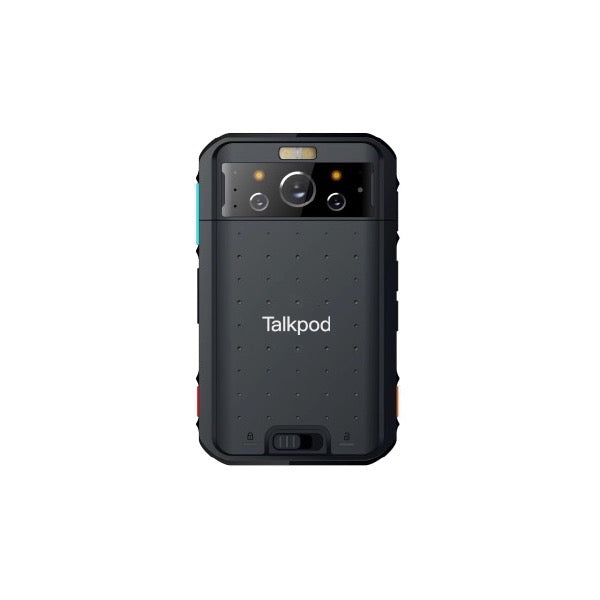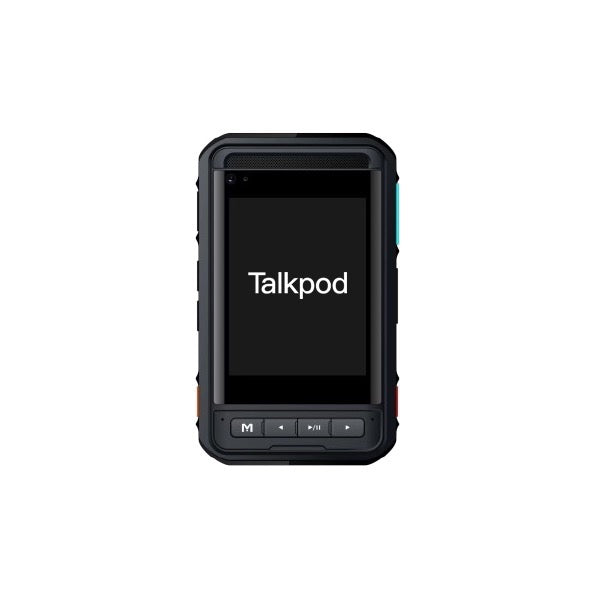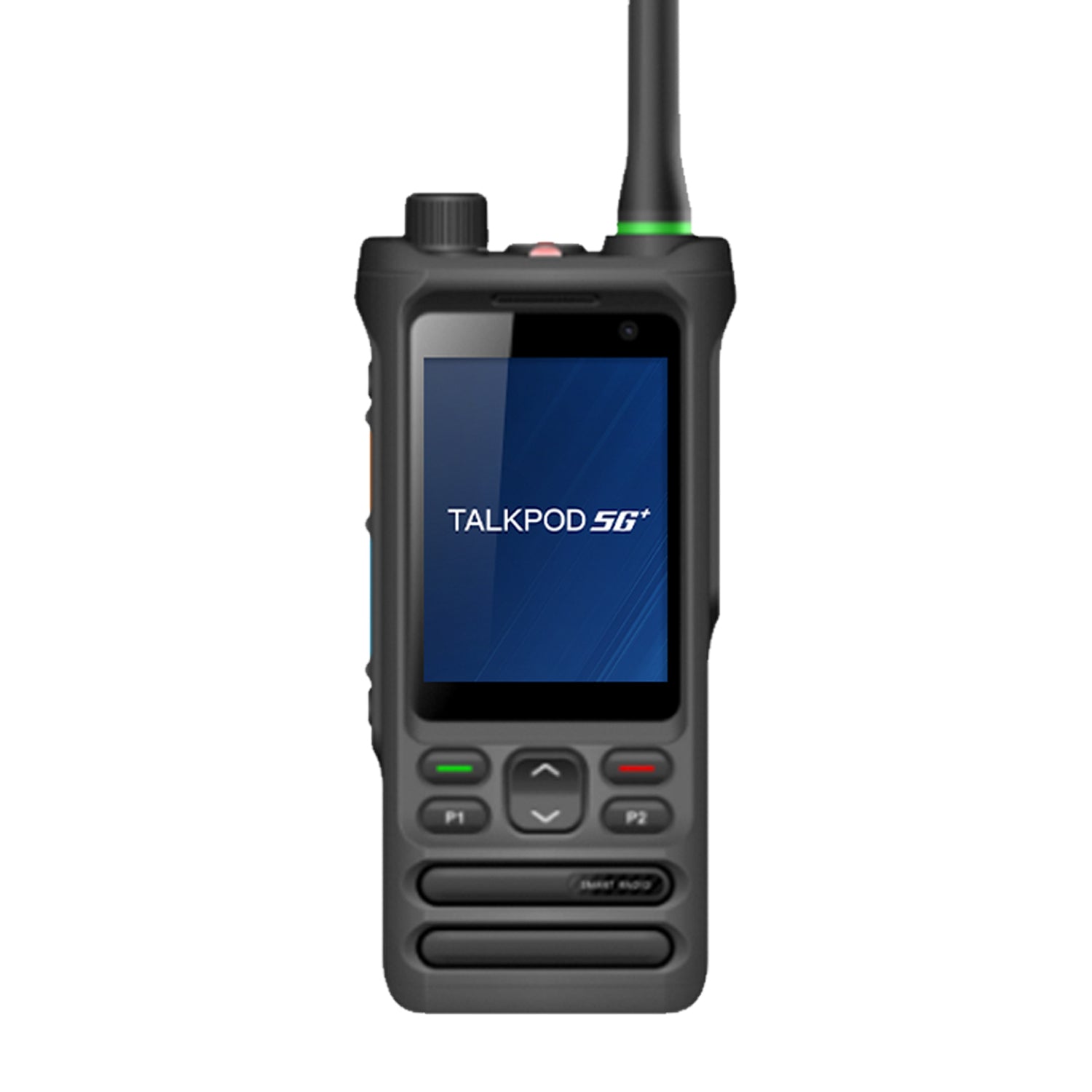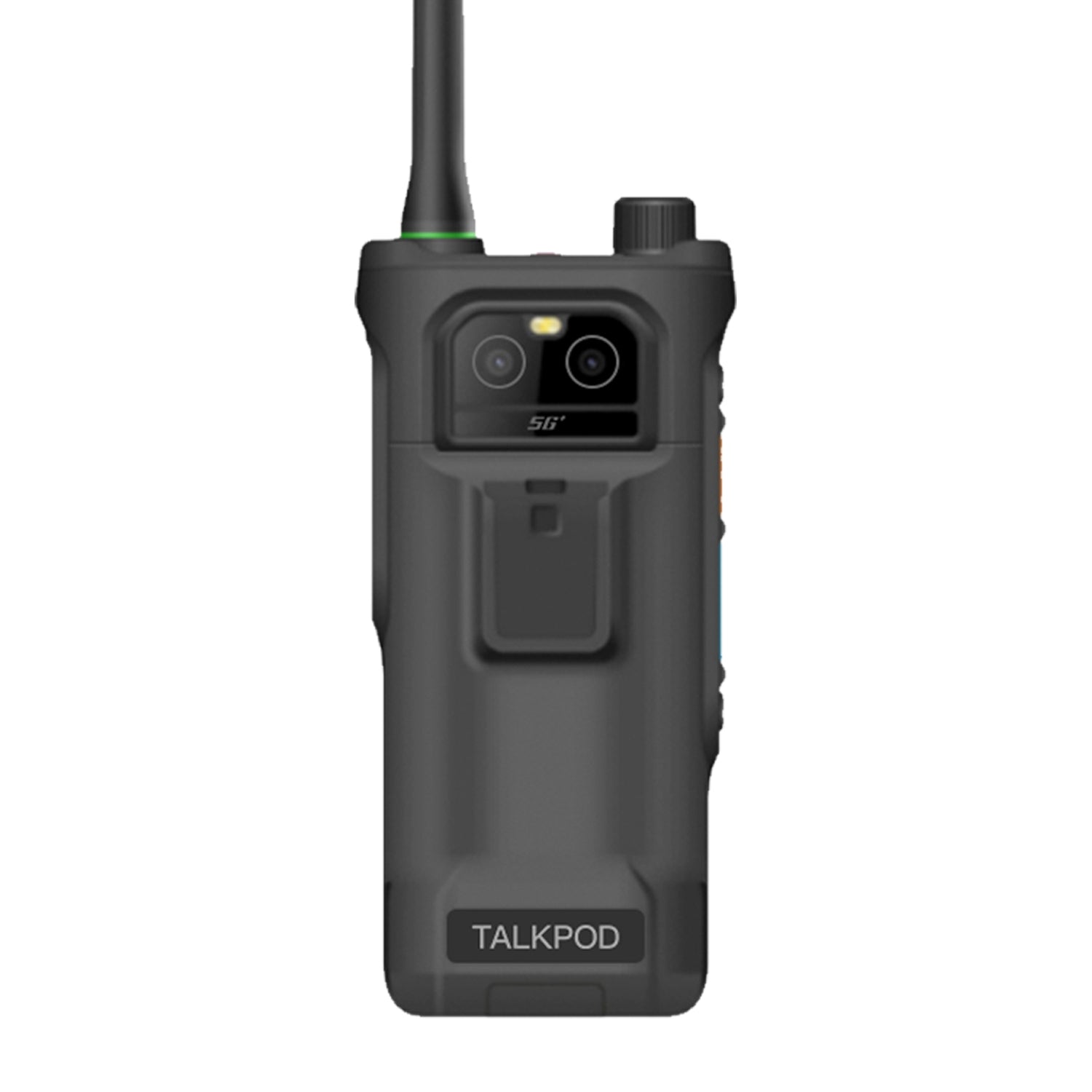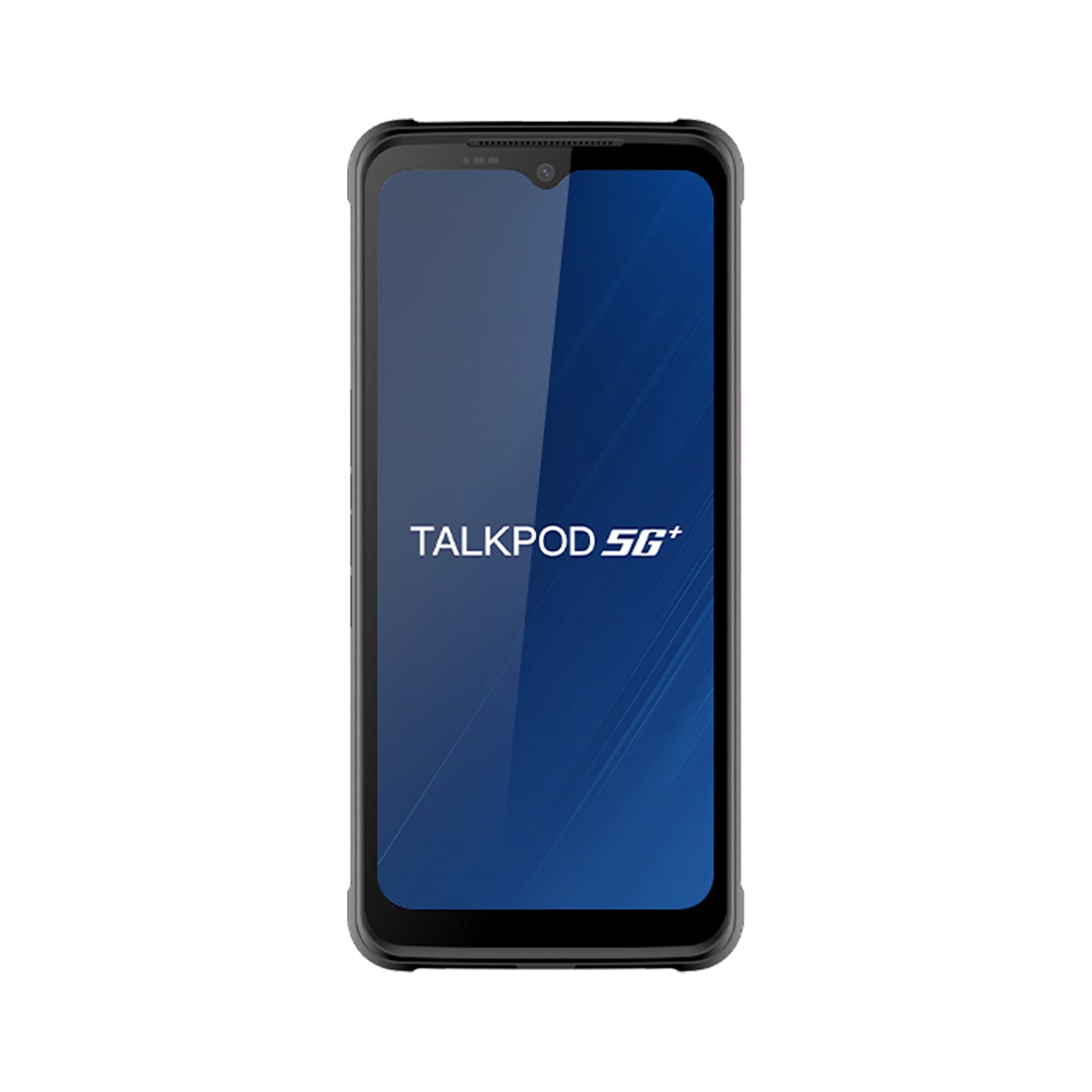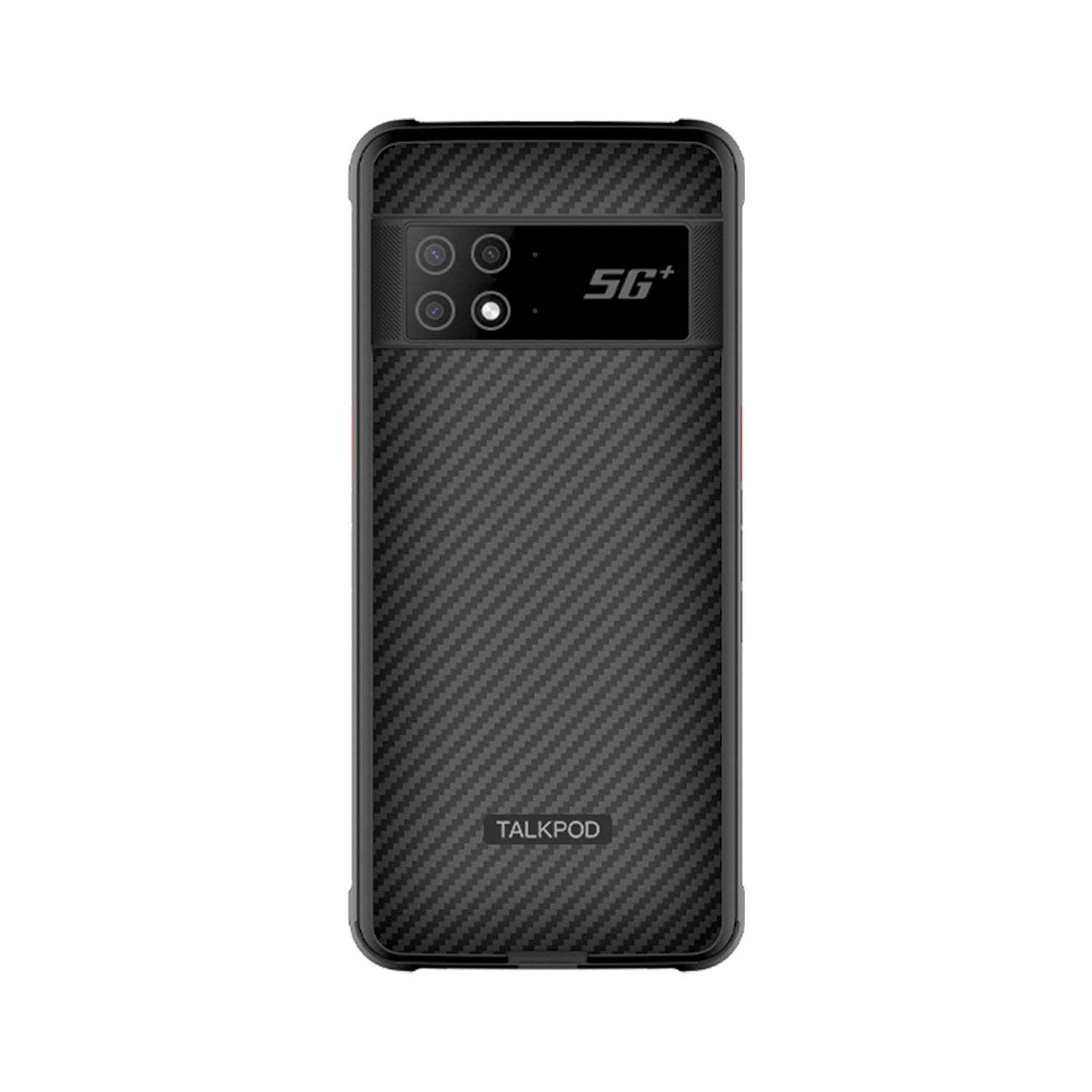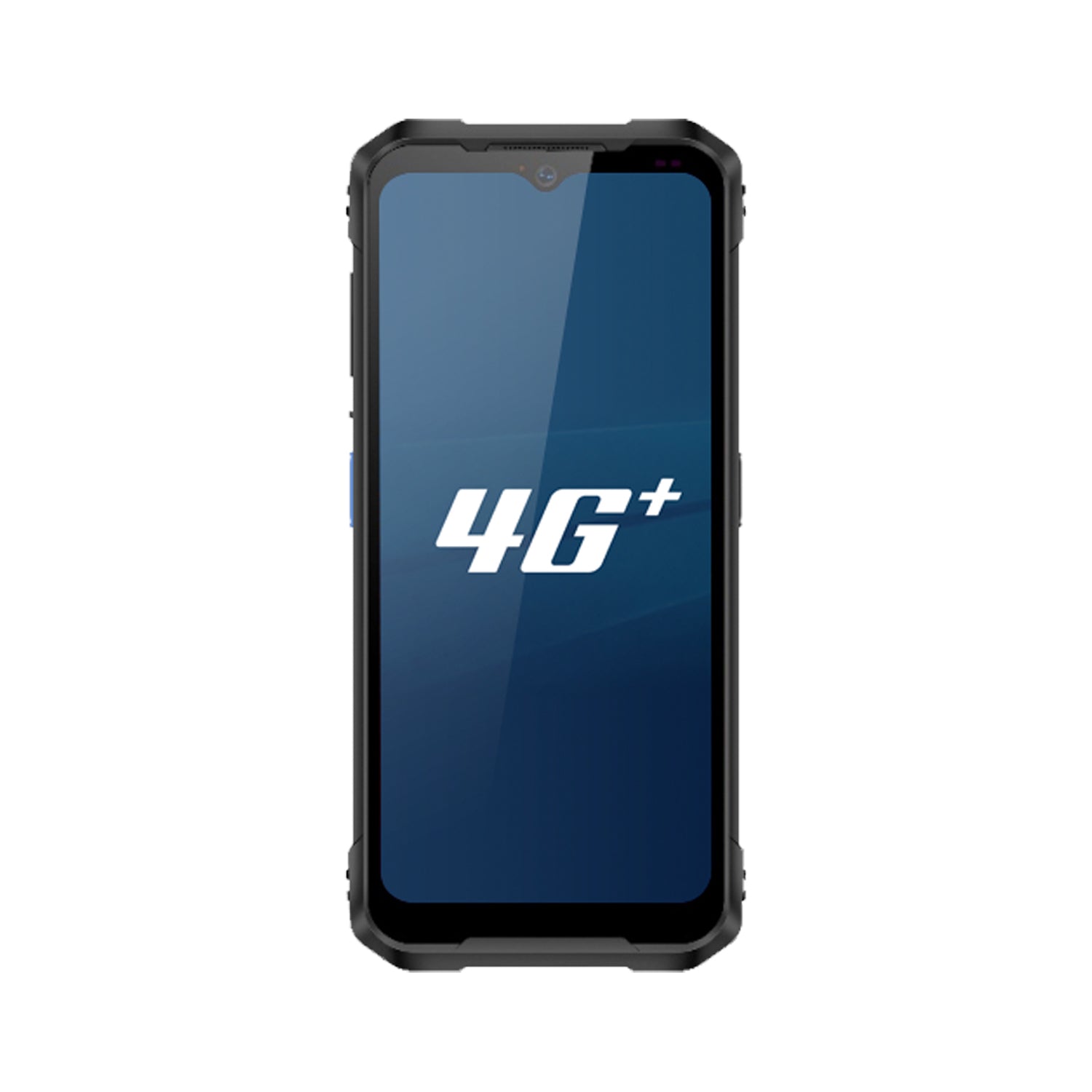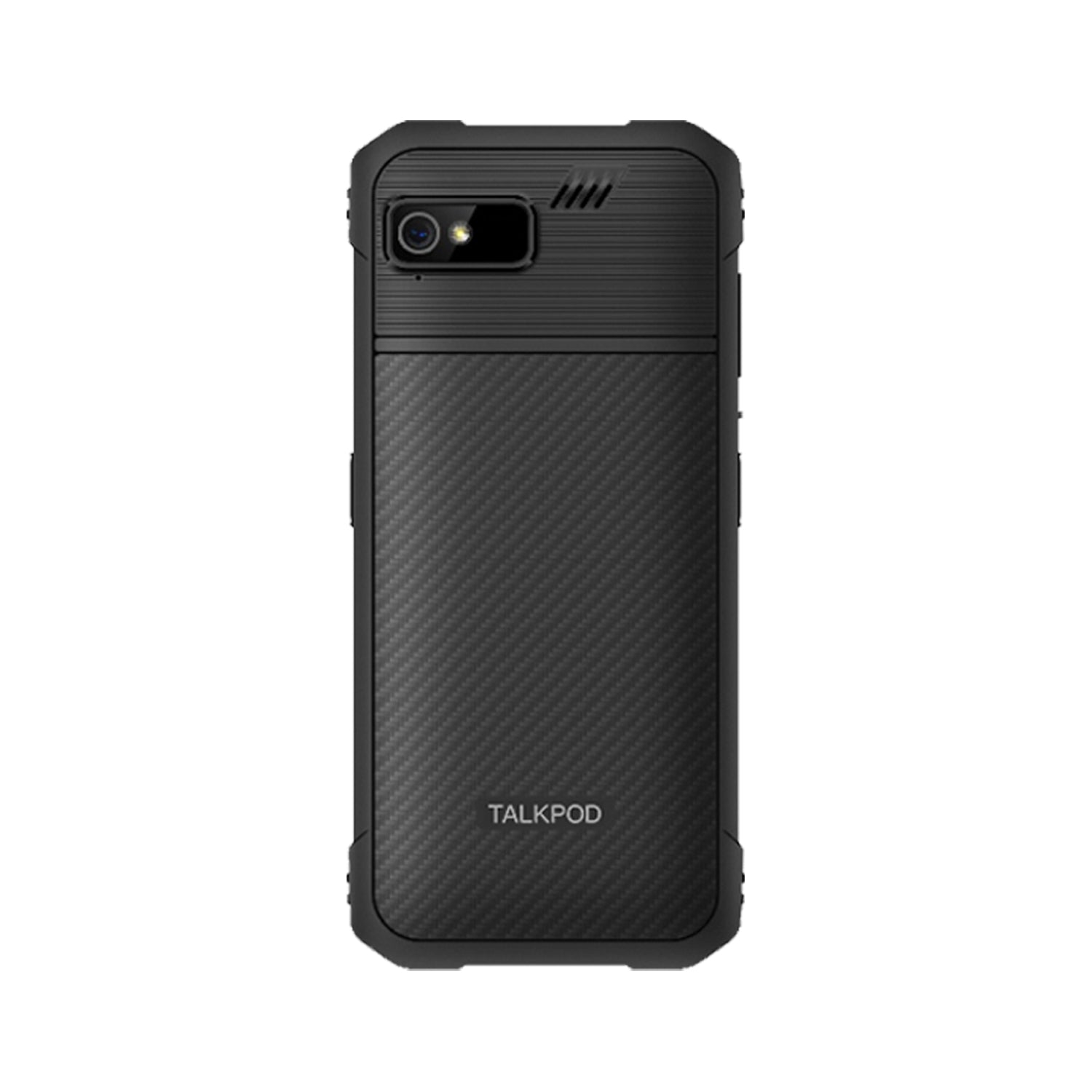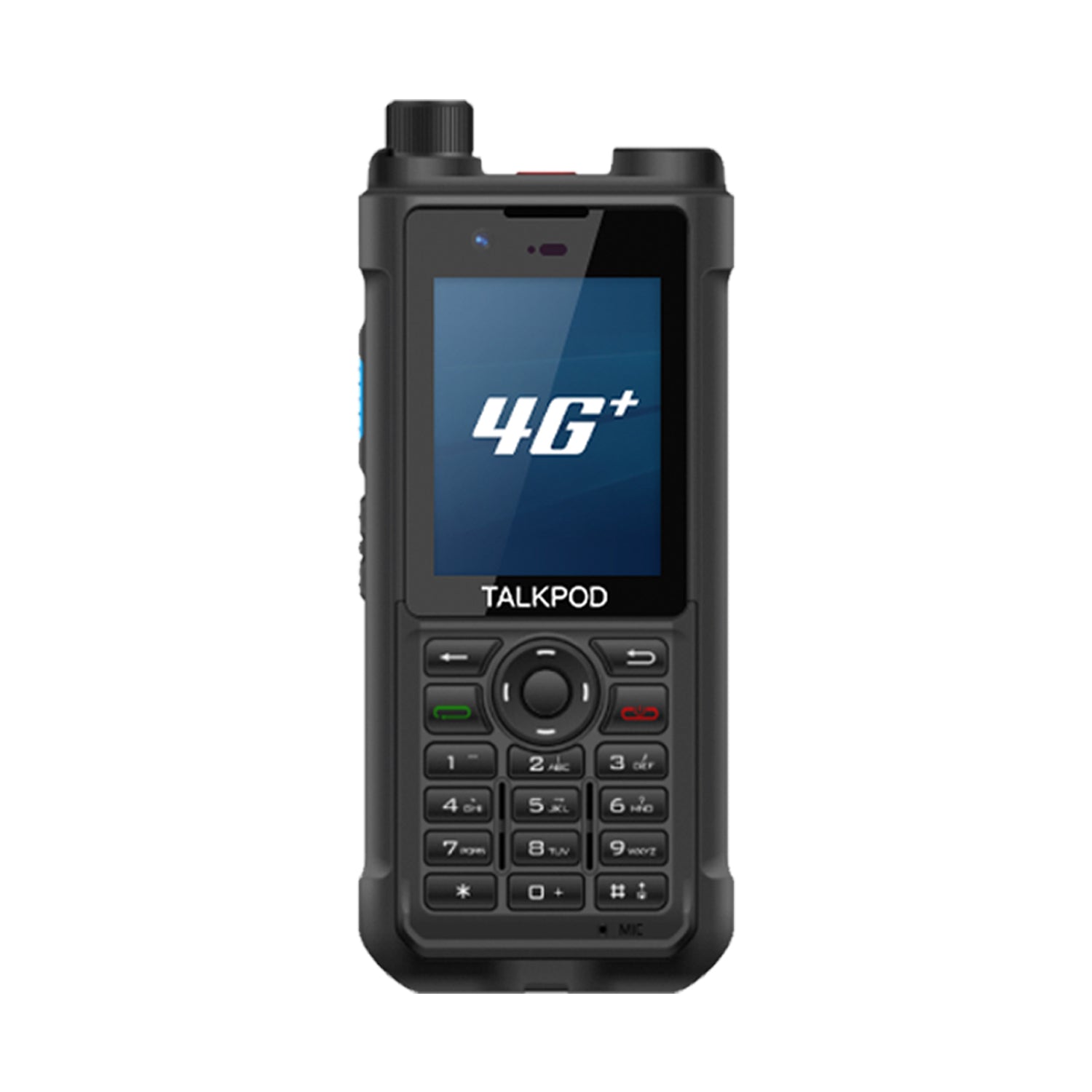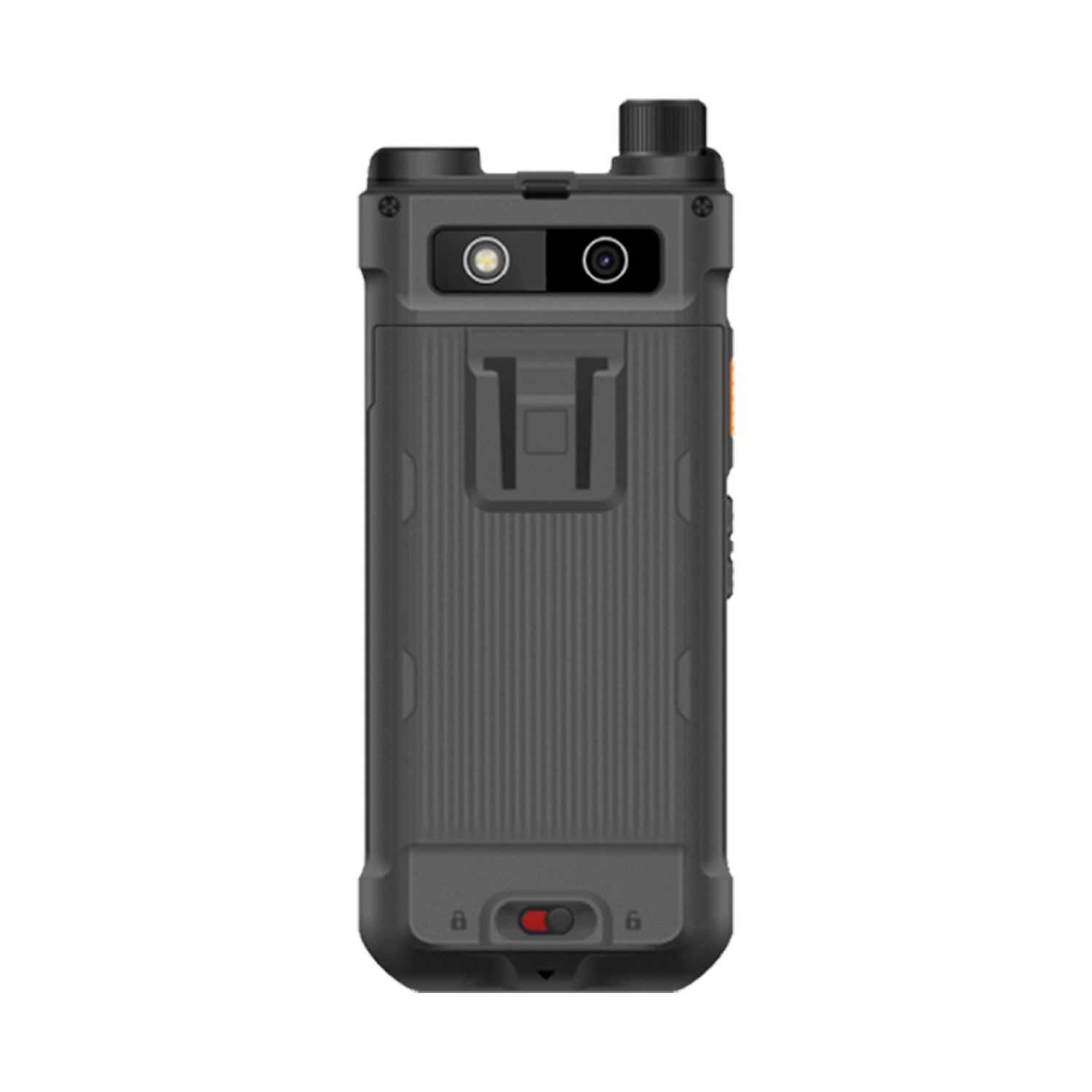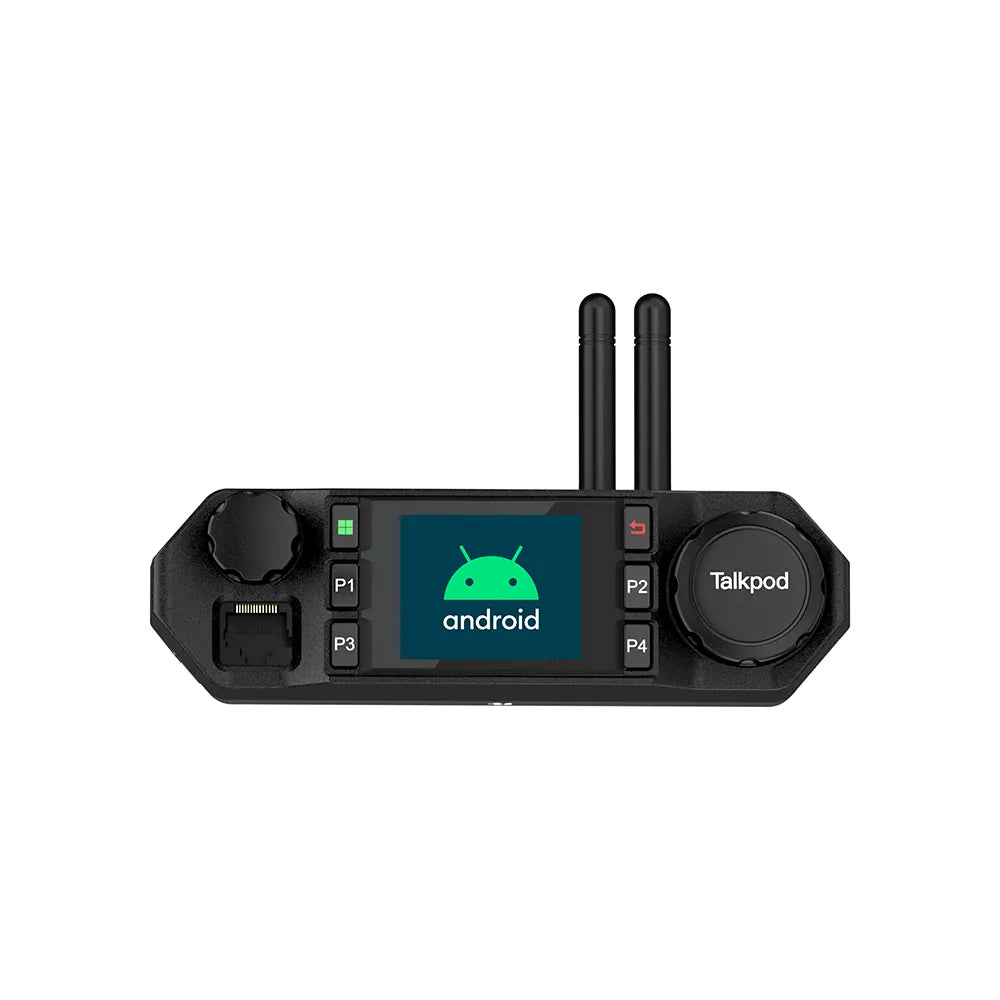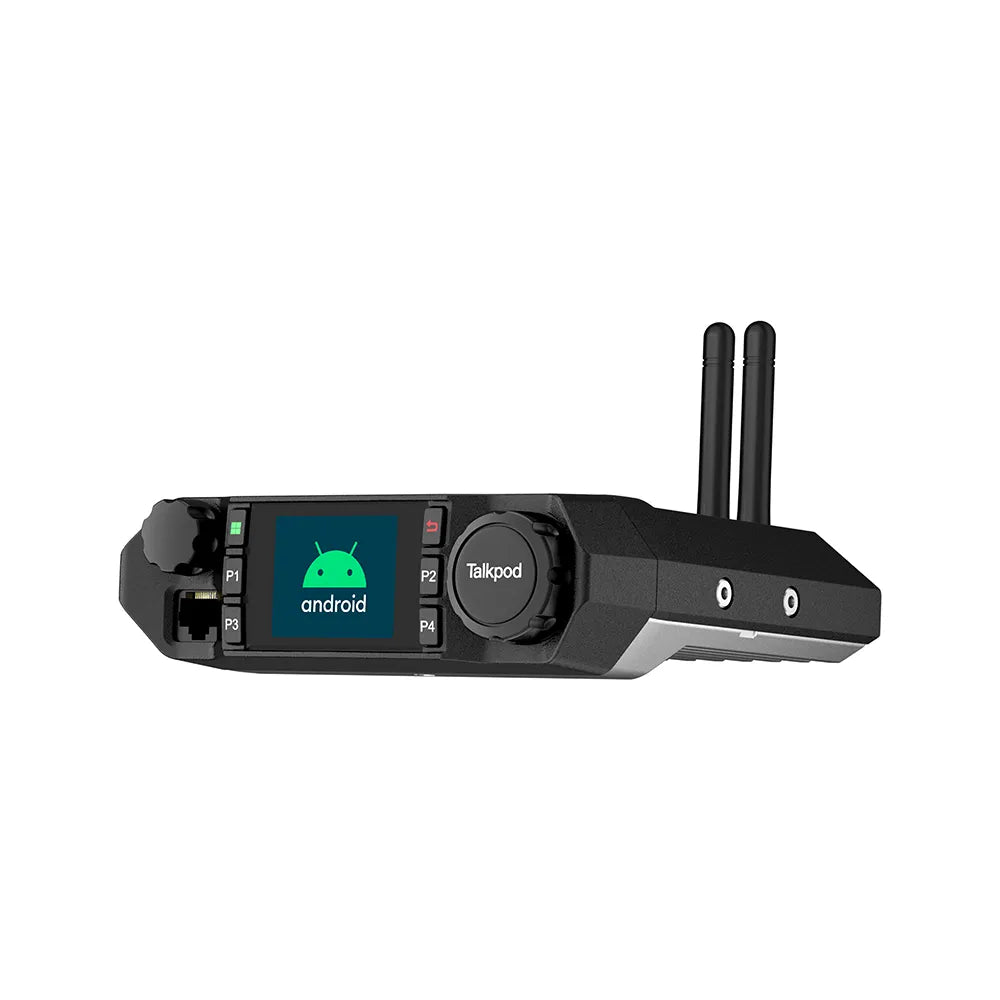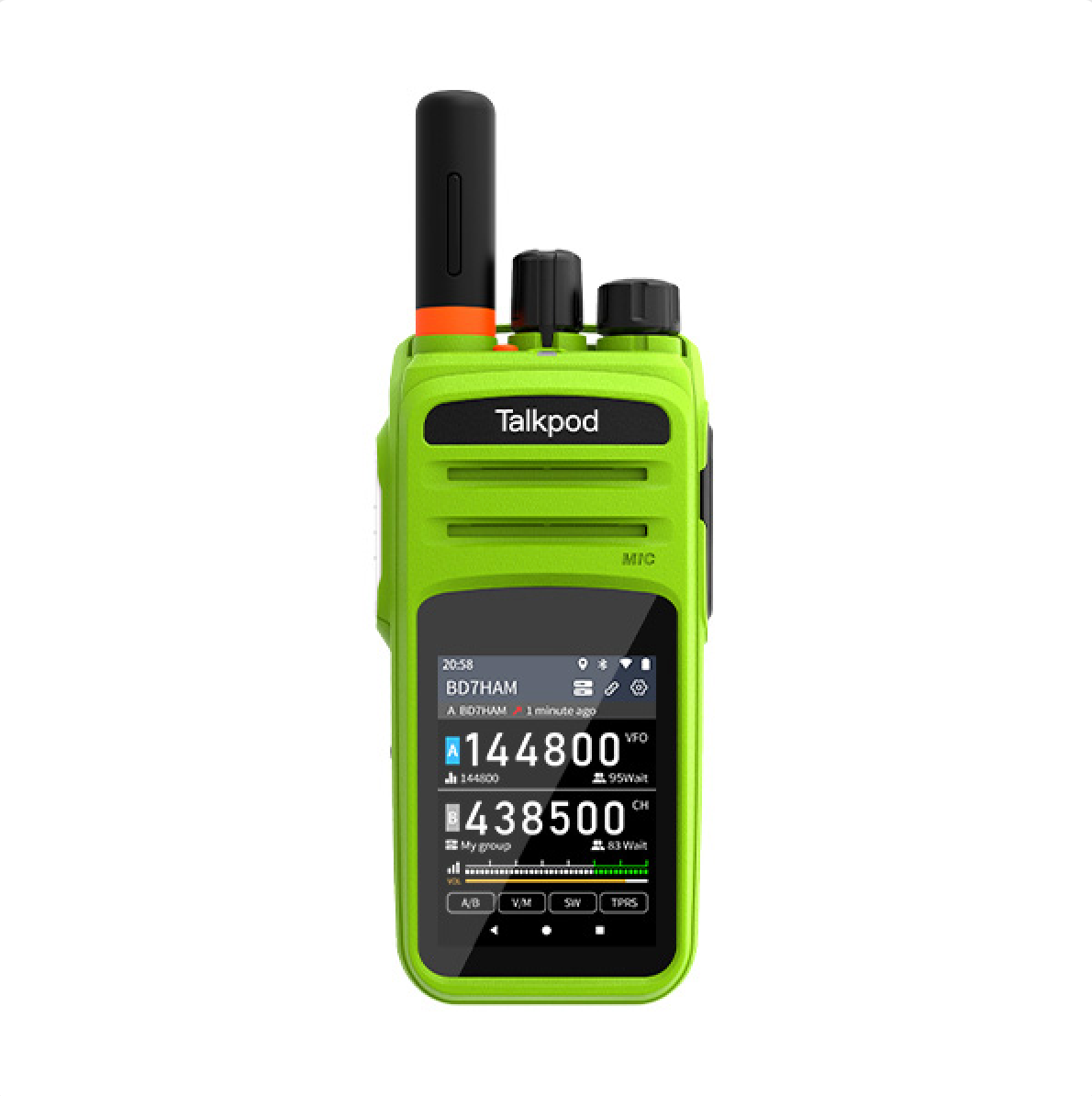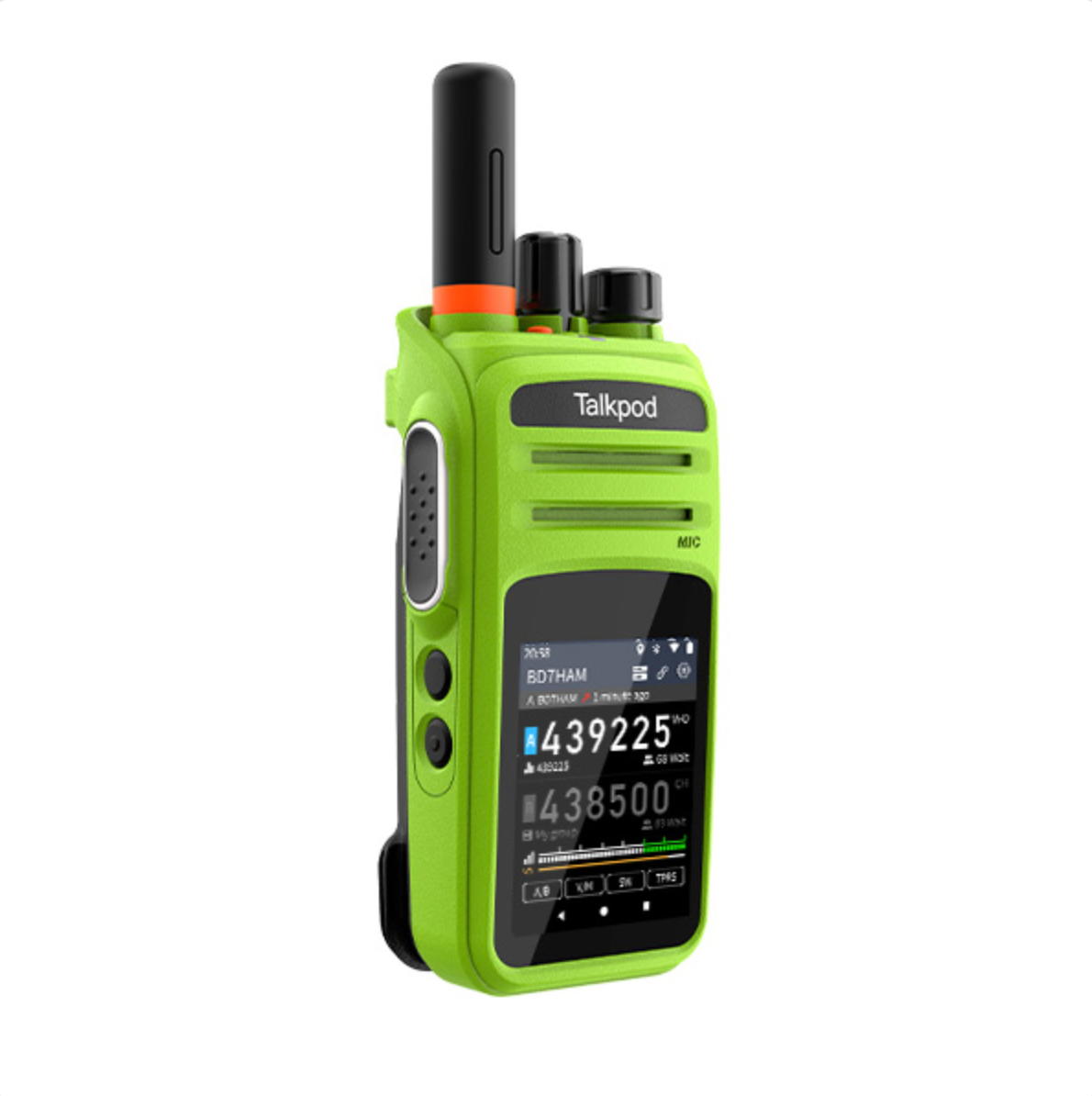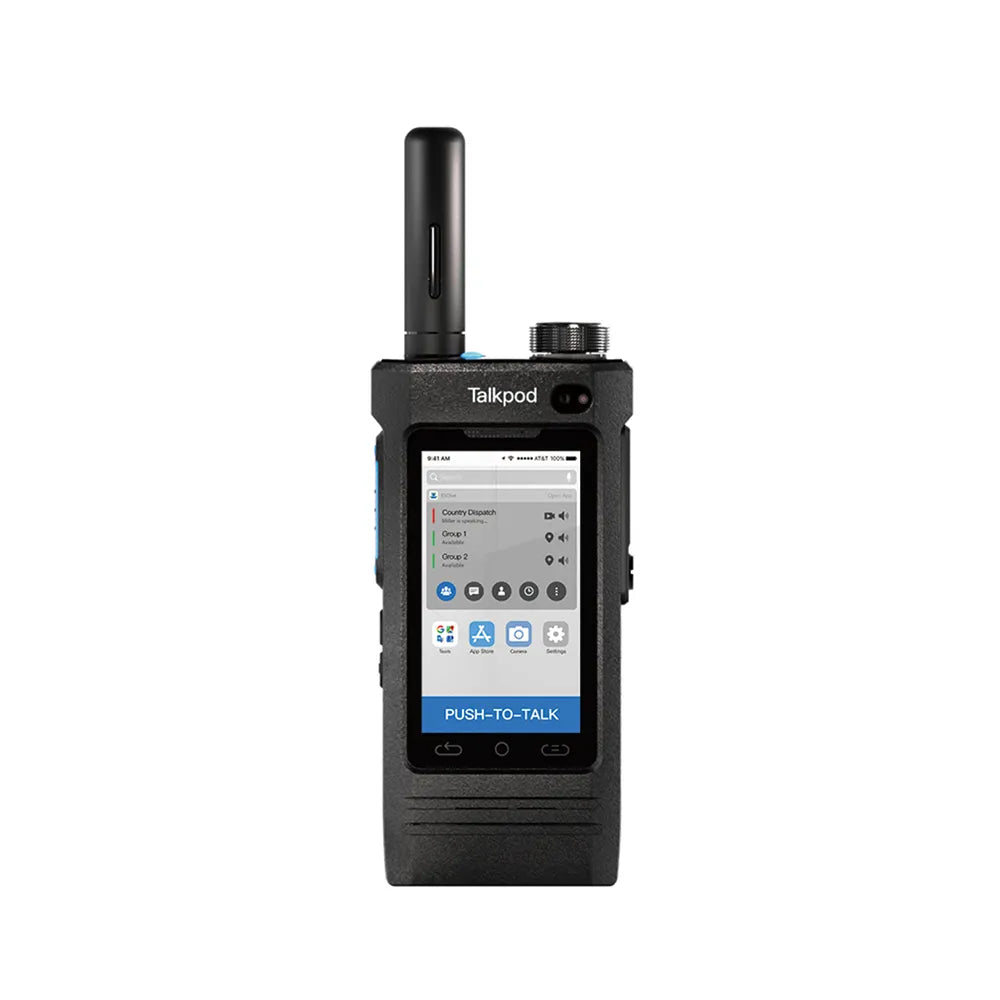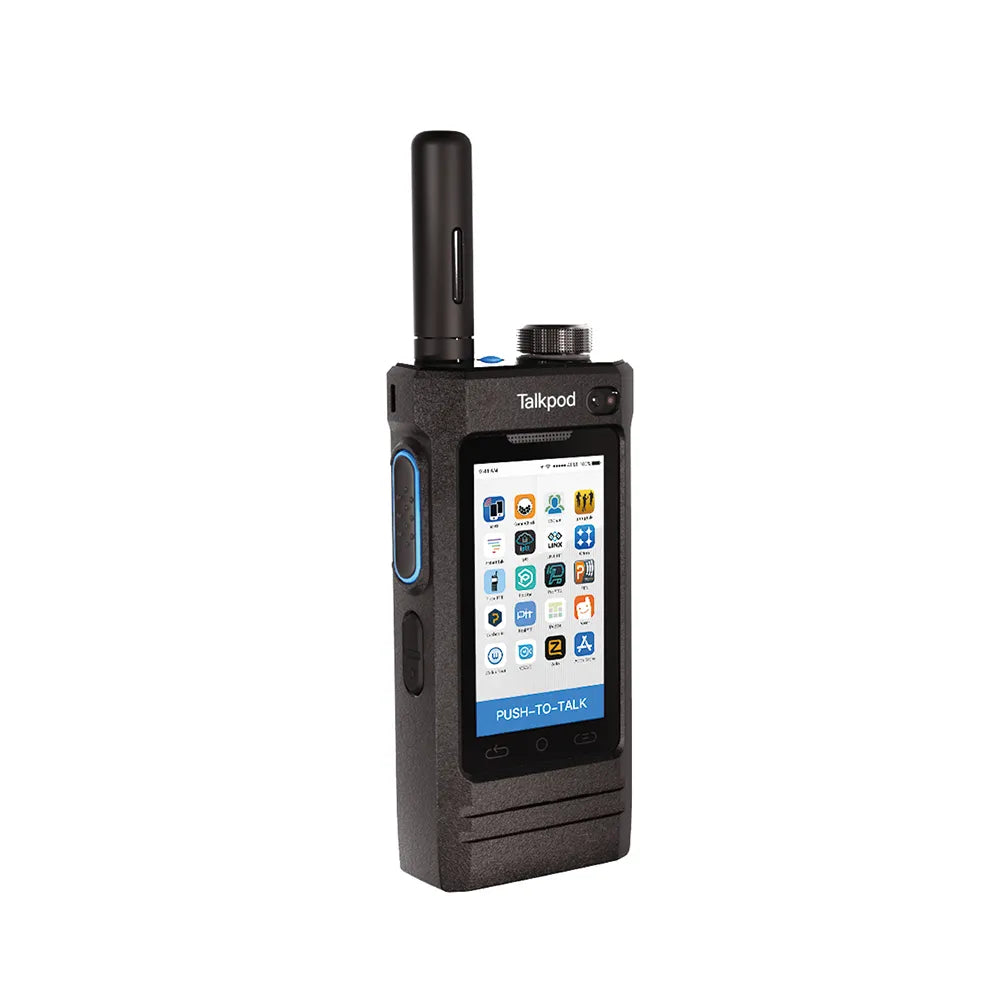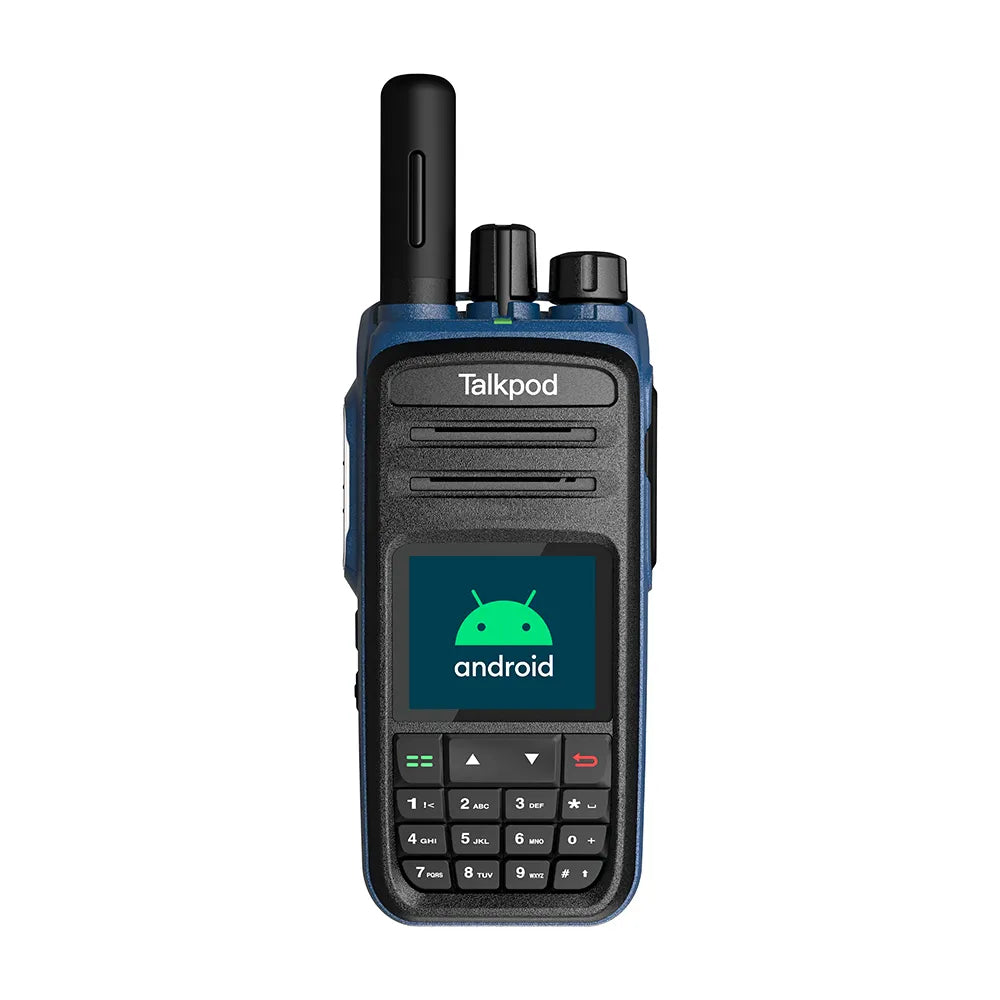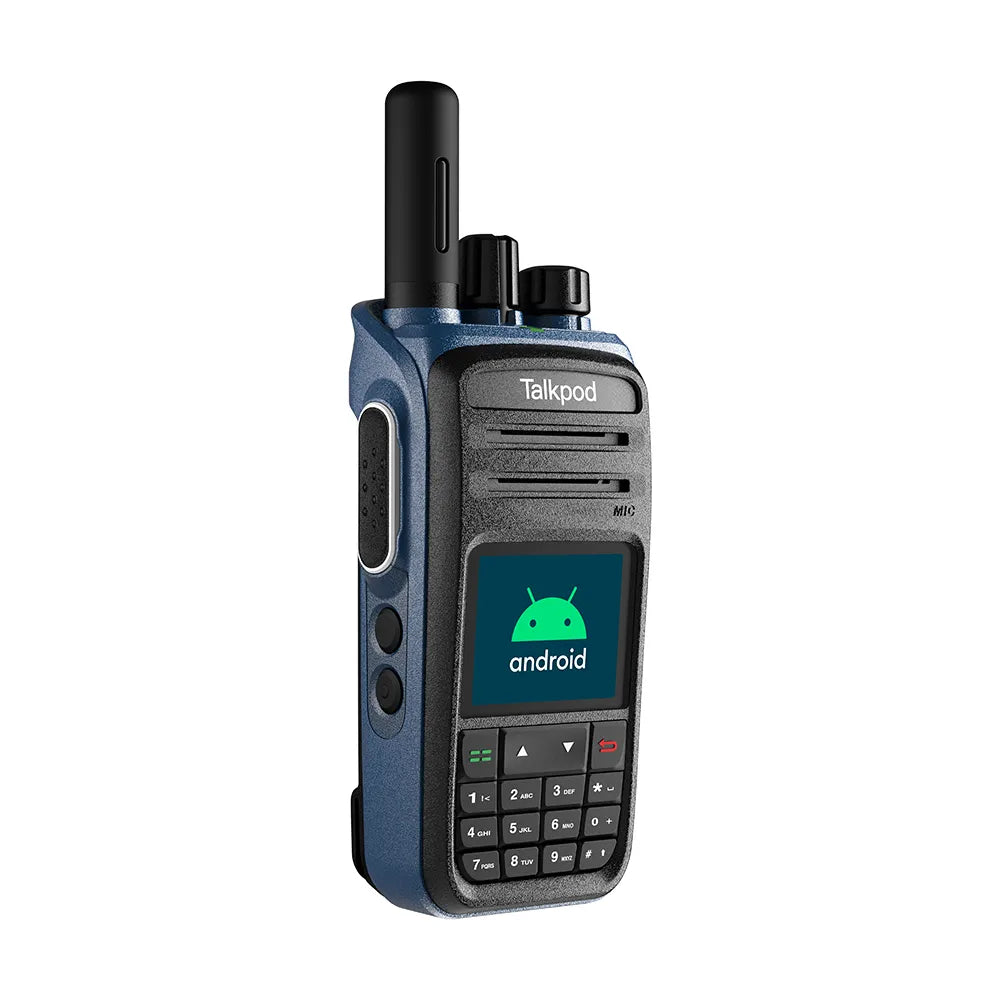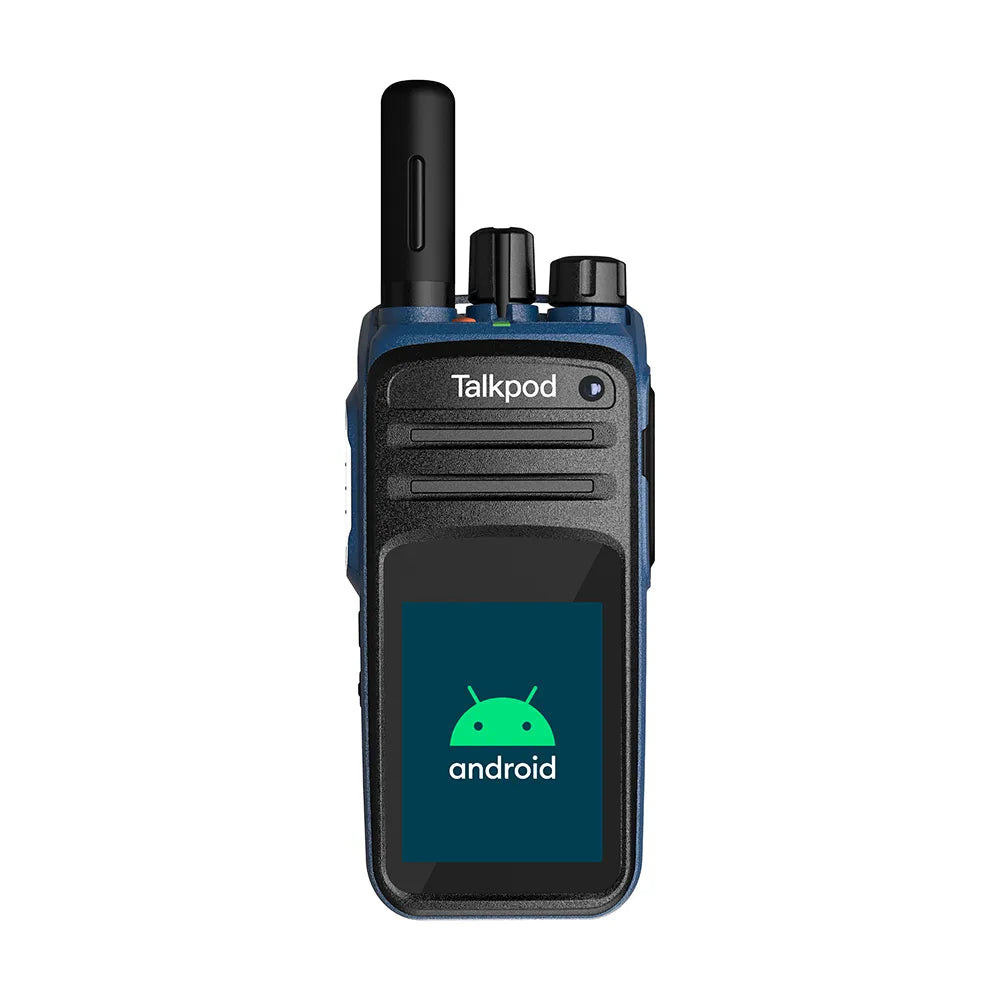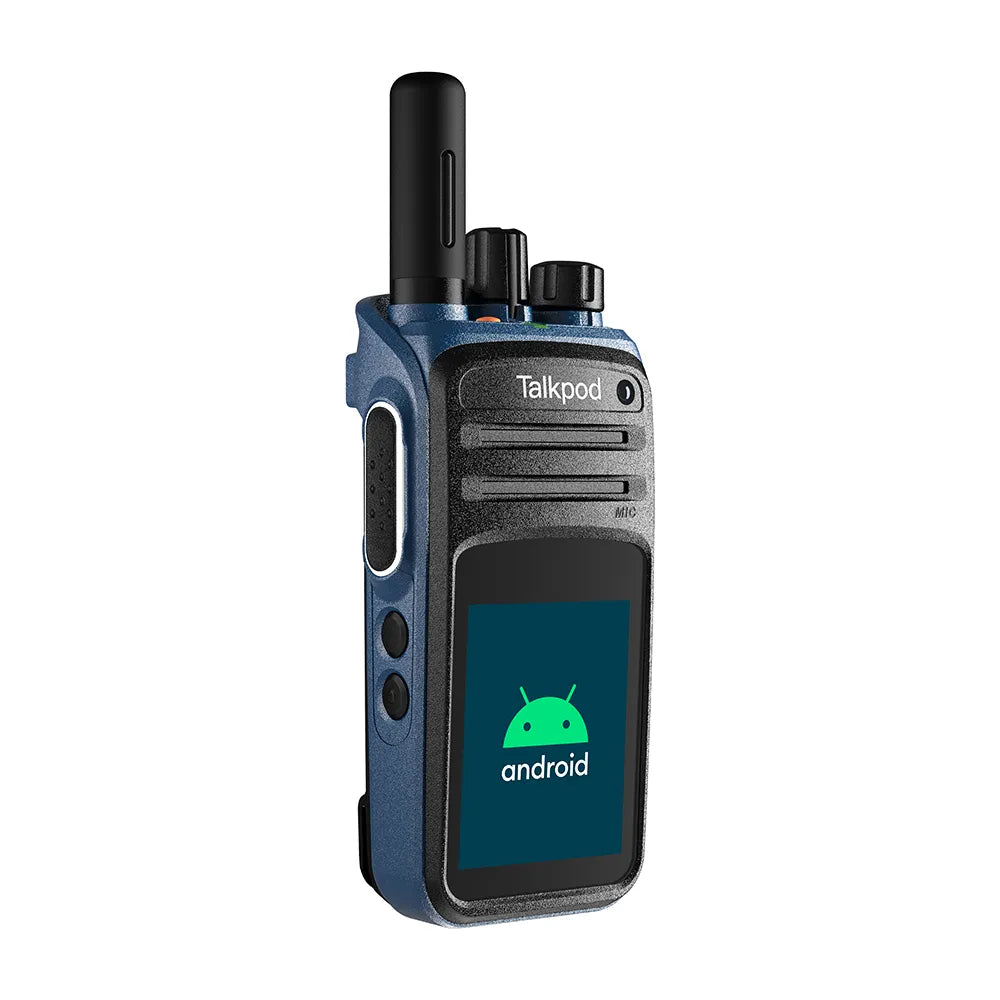What is Push-to-Talk (PTT) Technology?
Push-to-Talk (PTT) technology revolutionizes mobile voice communication by providing instant, one-to-many or one-to-one connections. Unlike regular phone calls, PTT eliminates the need for dialing, ringing, and waiting for a recipient to answer.
Immediate Call Initiation and Voice Delivery
PTT allows users to select a contact or group, press the PTT button, speak, and release the button to deliver the message instantly.
Convenience of Barge Call
Recipients hear incoming messages immediately without needing to press an answering button.
Group Call Capability
PTT supports instant group calls, which is useful for team collaboration and urgent communications.
Efficiency
PTT calls are typically shorter than regular calls, focusing on conveying essential information quickly.
Comparison to SMS and Email
PTT offers faster communication than typing texts or emails, making it ideal for situations where hands-free communication is necessary.
The Origin of Push-to-Talk: Professional Mobile Radio (PMR)
Professional Mobile Radio (PMR) systems were the first technology developed for PTT communication, and they remain widely used today.
Historical Background
The first PMR system was used by the Bayonne, New Jersey police department in 1933.
Technology Evolution
PMR has evolved from conventional to trunked systems and from analog to digital technologies like P25 and TETRA.
Advantages
PMR systems offer high reliability, durability, ease of use, and direct mode capability, making them ideal for public safety and business-critical communications.
Challenges
PMR has limitations such as low bandwidth for data applications and interoperability issues between different PMR technologies.
The Rise of iDEN in Push-to-Talk Communication
Integrated Digital Enhanced Network (iDEN) represents a significant milestone in the evolution of PTT technology, combining multiple communication functionalities into a single network.
Introduction of iDEN
iDEN was introduced by a major communications company in 1993 and launched commercially in 1996.
Capabilities
iDEN integrates digital cellular telephony, two-way radio, alphanumeric paging, and data/fax modem capabilities.
Global Use
Despite the shutdown of some commercial networks, iDEN continues to be used in various markets worldwide.
Limitations
As a narrowband 2G technology, iDEN has limited data capabilities and is incompatible with modern smartphones.
Mission-Critical PTT: Ensuring Reliable Communication for Public Safety
Mission-Critical PTT (MCPTT) standards have been developed to ensure that public safety agencies can leverage broadband PTT for reliable, mission-critical communications.
Standards Development
The Open Mobile Alliance (OMA) and 3GPP have collaborated to create and refine MCPTT standards, starting with Release 12 and continuing through subsequent releases.
Key Features
MCPTT standards include specifications for mission-critical voice, data, and video communication, as well as enhancements for device-to-device communication and network resiliency.
Future Prospects
Ongoing advancements in MCPTT aim to further enhance communication capabilities for public safety and other critical sectors.
Tough, Reliable, and Smart Push-to-Talk over Cellular (PoC) Radios and Solutions
Talkpod Technologies recognizes that instantaneous communication at the push of a button is key to keeping your teams connected and more productive. We understand that PTT brings the immediacy and spontaneity needed to connect different personnel together seamlessly, regardless of network, location or device used.
That’s why we continue to invest the resources necessary to remain at the forefront of the PTT technology evolution.
Portables
Connect your entire operation with Talkpod PoC portable radios.
Mobiles
Keep your teams connected with Talkpod mobile PoC radios.
Linkpoon
A stable, open and integrated smart POC platform.
Talkpod LTE Series
PTToC Wiki:
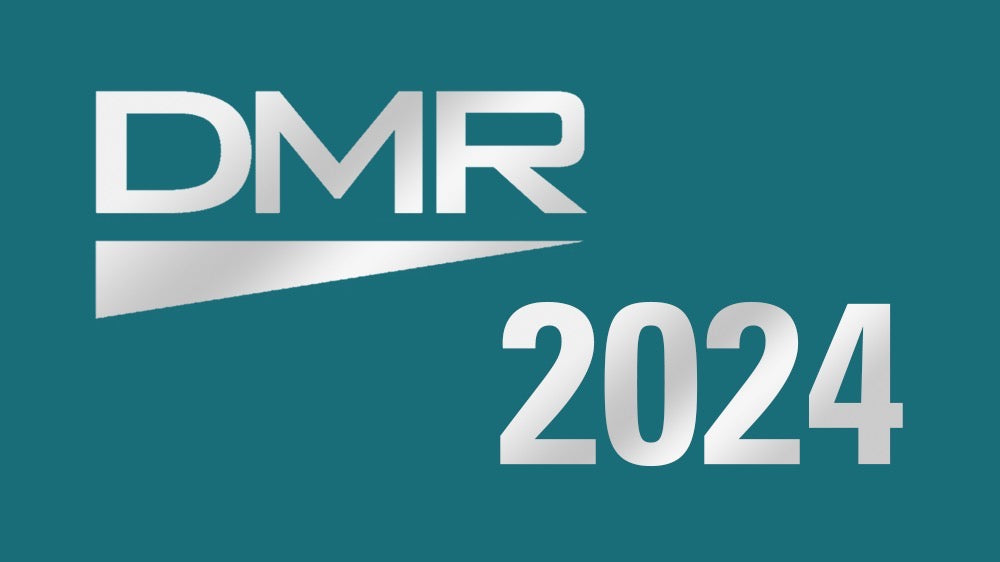
As we move deeper into 2024, the demand for efficient and reliable communication solutions continues to grow, especially in industries where coordination and response time are critical. Digital Mo...
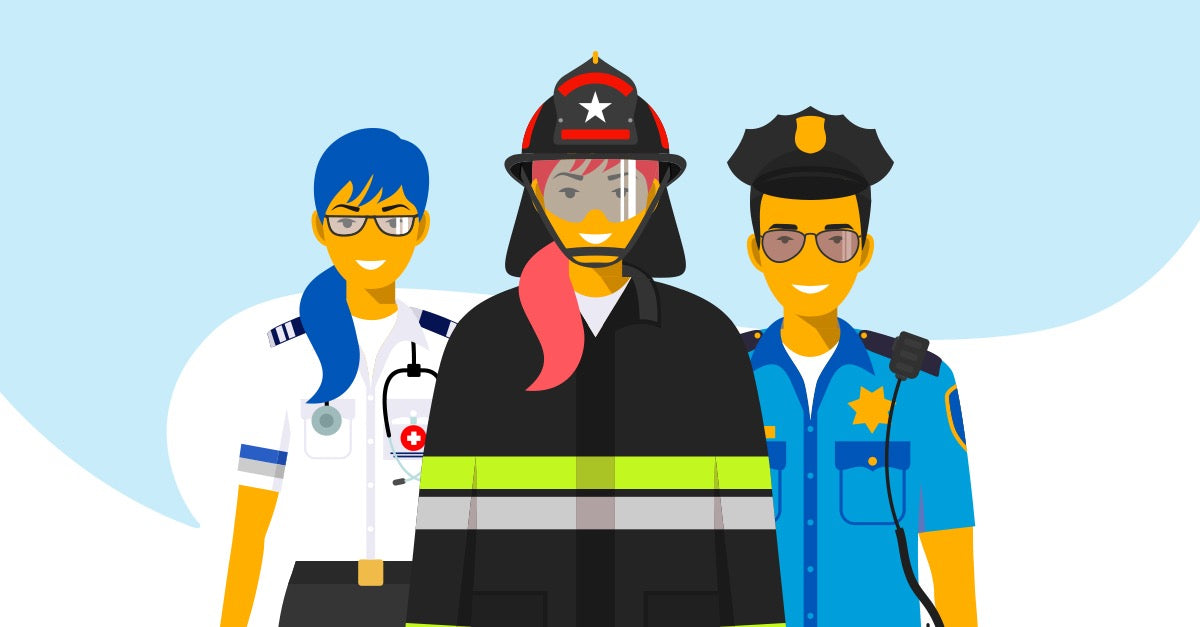
DMR: The Backbone of Resilient First Responder Communications
In the demanding world of first responder operations, where natural disasters and catastrophic events frequently disrupt conventional telecommunication services, the need for a resilient communicat...

Revolutionizing Field Testing: The Criticality of DMR Tier 3 Radio Assessments
In the realm of Land Mobile Radio (LMR) protocols, Digital Mobile Radio (DMR) Tier 3 stands out for its rapid adoption across various sectors, including utilities, government agencies, and commerci...

In the realm of radio communication, the Individual Call stands out as a tailored, direct method of reaching out to a specific user. This blog post delves into the essence of Individua...
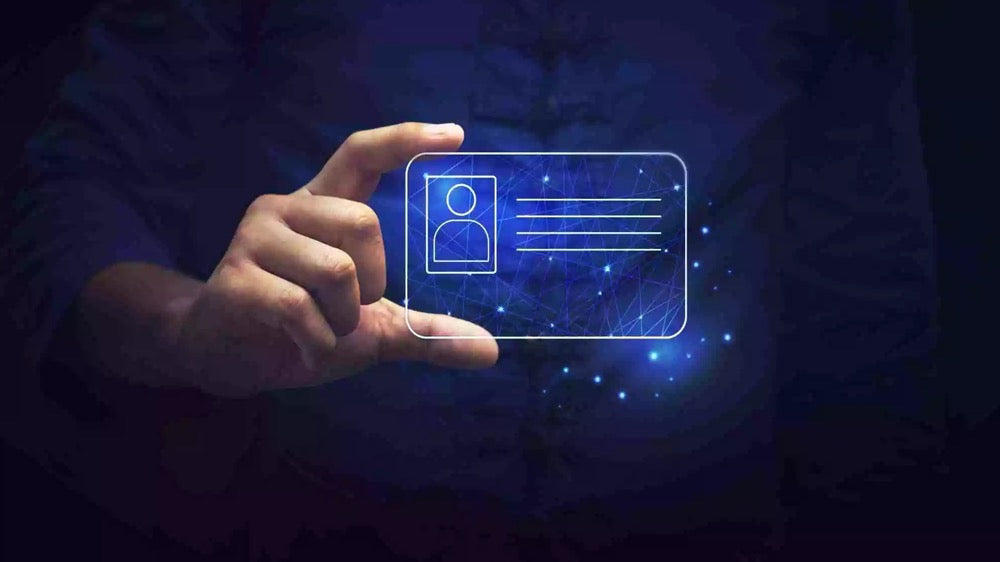
In the world of radio communications, the term 'ID' refers to an identity or numeric identifier that plays a crucial role in distinguishing one user or device from another. This blog post explores...
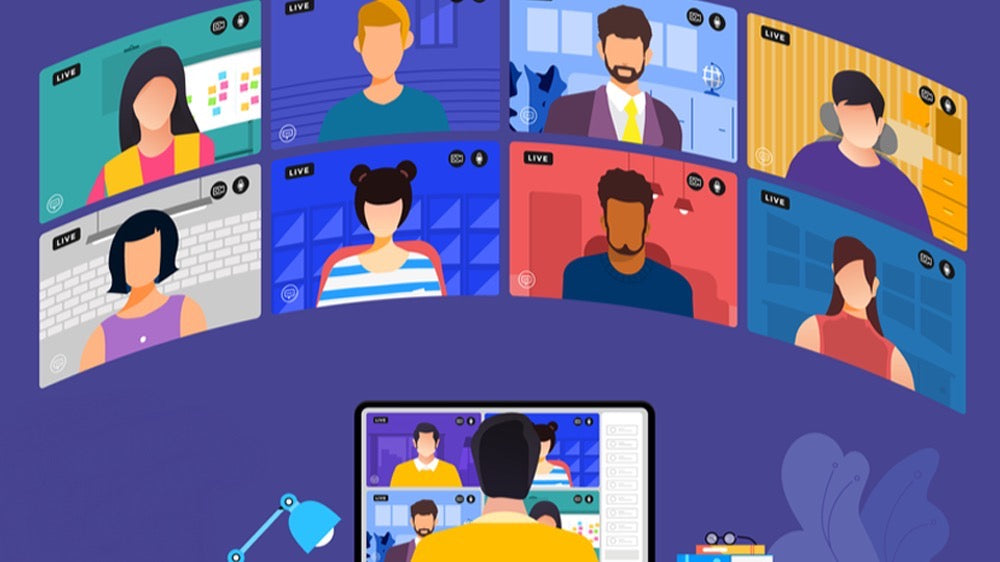
Group calls are an essential feature in two-way radio systems, allowing a single user to communicate with multiple members simultaneously. This blog explores the concept of group call, its signifi...
Need to contact a partner?
Get help to solve a complex business challenge or pursue purchasing.


